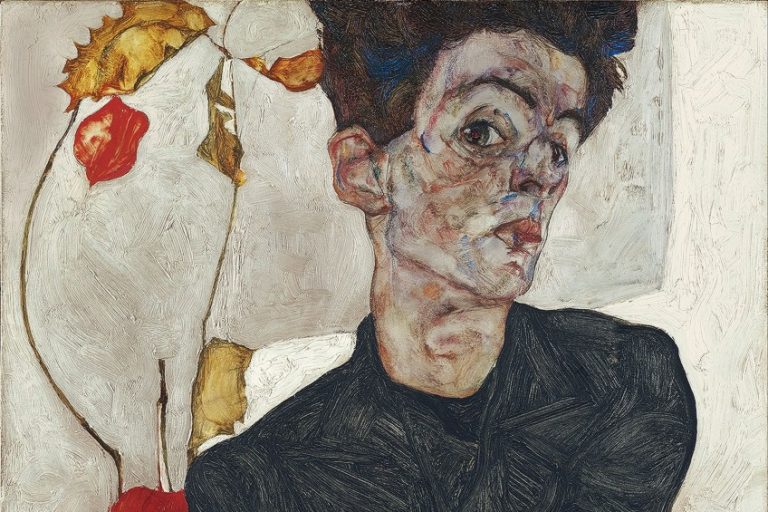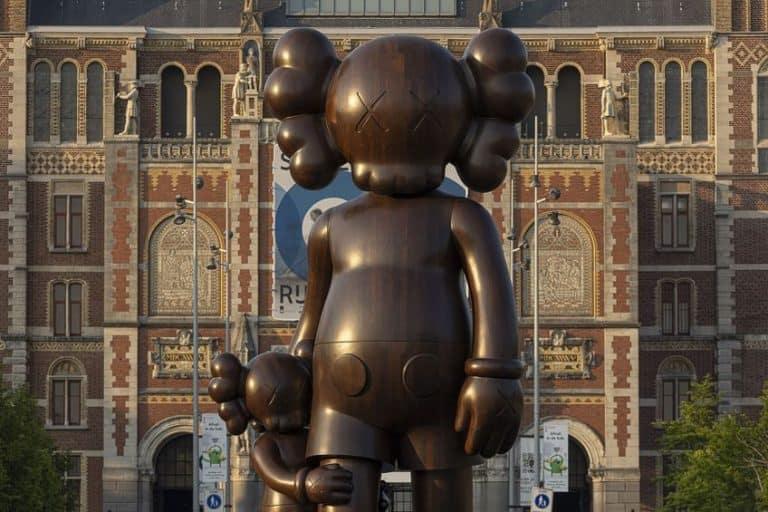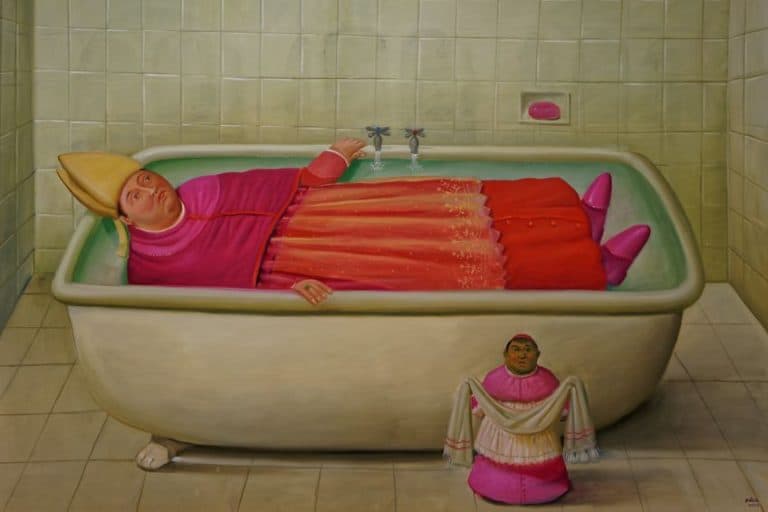Theo van Doesburg – A Key Figure in the De Stijl Movement
Theo van Doesburg was a pioneering figure in 20th-century art, renowned for his contributions to the De Stijl movement. Born in 1883 in Utrecht, Netherlands, Van Doesburg’s multidisciplinary approach encompassed painting, architecture, poetry, and theory, making him a central figure in the development of modern art. He co-founded De Stijl in 1917, advocating for geometric abstraction, primary colors, and a reductionist aesthetic that aimed to achieve universal harmony. Van Doesburg’s innovative ideas and collaborations with artists like Piet Mondrian and Gerrit Rietveld left an indelible mark on the trajectory of abstract art and design, making him a key figure in the avant-garde movements of the early 20th century.
Table of Contents
Key Takeaways
- Theo van Doesburg was a central figure in the De Stijl movement and a promoter of abstract art.
- He extended his artistic principles into the domains of architecture and design.
- Van Doesburg’s legacy is evident in the continued relevance of his quest for a harmonious and integrated approach to art and design.
Early Life and Influences
| Birth | August 30, 1883 |
| Death | March 7, 1931 |
| Place of Birth | Utrecht, Netherlands |
| Genre of Work | De Stijl movement, Abstract art, Concrete art, and Dadaism |
Theo van Doesburg was a pivotal figure of the early 20th-century European avant-garde, known for his multifaceted contributions to modern art and architecture. Born on August 30, 1883, in Utrecht, Netherlands, van Doesburg was not only a talented painter but also an accomplished writer, poet, and theorist.
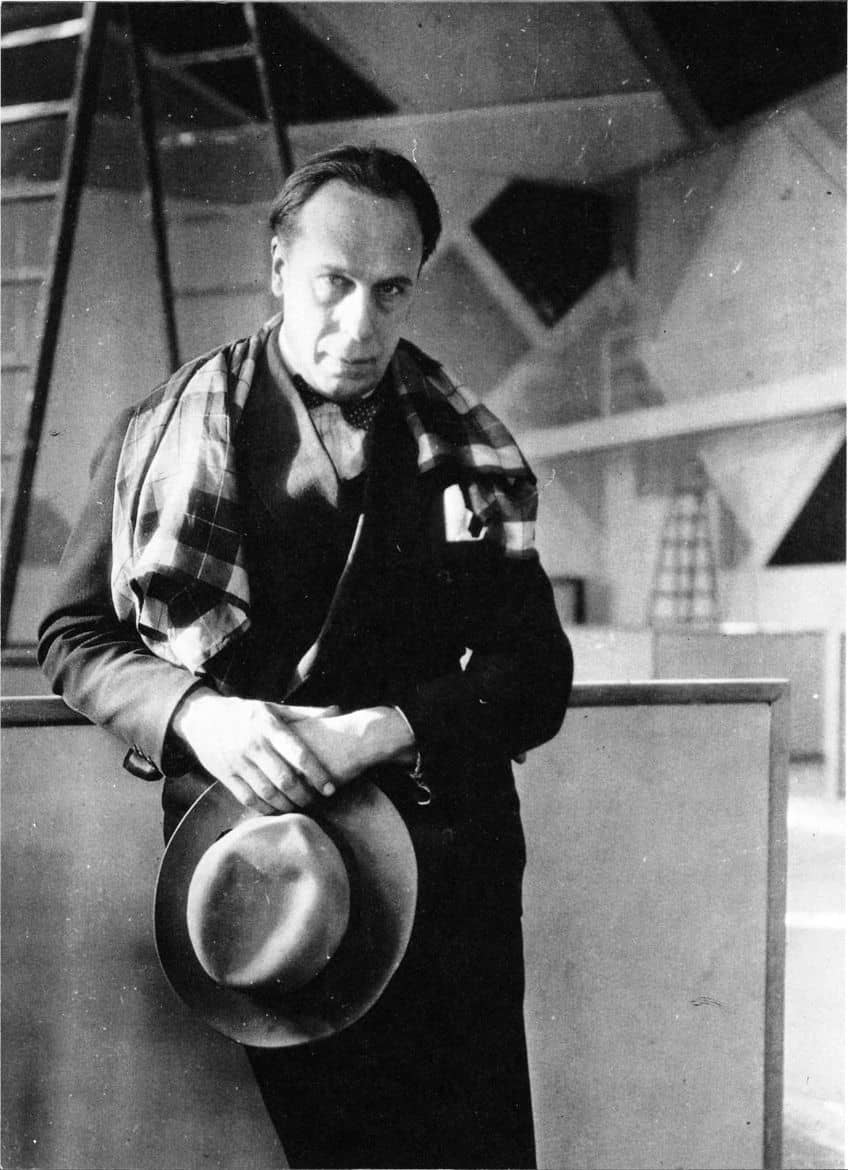
His work was instrumental in the development of the De Stijl movement, which pushed for simplicity and abstraction, stripping art down to its basic elements of form and color. Van Doesburg’s influence extended beyond the canvas; he made significant contributions to architecture and design, embodying the De Stijl principles of geometric harmony in three-dimensional space. His collaborations were extensive, crossing disciplines and igniting creative synergy among artists, architects, and designers. His vision was one of unity and integration, seeking to dissolve the barriers between art forms and create a universal aesthetic language.
Foundations in the Netherlands
Theo van Doesburg was born on August 30, 1883, in Utrecht, a Dutch city known for its rich artistic heritage. He started his creative journey amidst the vibrant cultural milieu of the Netherlands.
Although initially inclined towards performing arts, he pivoted to visual arts, eventually becoming a pivotal figure in the Dutch art scene.
Influence of Impressionism and Vincent van Gogh
Van Doesburg drew significant inspiration from impressionist techniques, appreciating their use of color and light. Vincent van Gogh, a preeminent Dutch artist, had a profound effect on his early work. The emotional intensity and bold style of Van Gogh served as a touchstone for Van Doesburg’s developing aesthetic.

Parisian Inspirations
After establishing his artistic foundation in The Netherlands, Van Doesburg’s style evolved further during his time in Paris, France. Paris, a nucleus for the arts, introduced him to a melting pot of creative ideas and modernist movements.
This dynamic environment invigorated his theoretical underpinnings and prompted a shift towards abstraction, which would later crystallize into the De Stijl movement.
Artistic Evolution and De Stijl
Theo van Doesburg was a pivotal figure in the transition to geometric abstraction in early 20th-century art. As an artist, his work evolved through several phases, culminating in his significant contributions to the De Stijl movement, which he co-founded with Piet Mondrian. Van Doesburg’s artistic journey led him to adopt a De Stijl’s philosophy, characterized by an emphasis on primary colors, geometric forms, and asymmetry—all intended to capture the essence of a new aesthetic.

In the realm of painting, both van Doesburg and Mondrian advocated for a form of art called Neo-Plasticism, which was essentially a recipe for creating harmony and balance through abstraction. Composition became the central feature of their work—meticulously organized on the canvas to evoke a sense of universal order. The key principles of their vision included:
- Use of straight lines
- Restriction to primary colors and non-colors (black, white, and grays)
- A clear and predetermined composition rule that separates elements
Van Doesburg’s contributions to the De Stijl movement extend beyond his creations; he was a vigorous theorist, promoting the integration of this style across various disciplines of art and architecture. Their collaborative efforts envisioned a world where art was not merely representational but was part of the very fabric of living spaces.
For van Doesburg, the shift toward De Stijl was not just a change in technique or visual presentation—it was a cultural mission to reshape society’s approach to and understanding of art.
Contributions to Architecture and Design
Theo van Doesburg was a Dutch artist pivotal to the early modernist movement in architecture and design. His work spanned various disciplines, yet he is notably remembered for his influence on architecture and design, closely associated with De Stijl, a movement promoting abstraction and simplicity.
In architecture, van Doesburg collaborated with notable figures such as Walter Gropius, the founder of the Bauhaus school in Weimar, Germany. His approach to architecture was marked by a strong commitment to the integration of fine art and design with architectural spaces, emphasizing functionality and aesthetic harmony.

One of his most significant architectural contributions was the redesign of the Café l’Aubette in Strasbourg. This project allowed him to apply his theories on color and spatial organization in a real-world setting. Gerrit Rietveld, another De Stijl collaborator, worked with van Doesburg to create furniture designs, many of which are still celebrated for their geometric forms and innovative use of materials.
Additionally, van Doesburg’s influence extended to stained-glass design, where he introduced De Stijl principles—geometric abstraction and primary colors—into this traditional craft. His stained-glass windows for the Meudon and the University Hall in Amsterdam are testaments to his proficiency and avant-garde approach to design within this medium. Van Doesburg believed that colour schemes and spatial plans should be strategically used to elicit emotional and intellectual responses.
Through his architectural and design work, Theo van Doesburg cemented his legacy as an architect who advanced the interdisciplinary collaboration between arts and fostered the evolution of European modernism.
The Influence of Theo van Doesburg Today
The enduring impact of Theo van Doesburg is prominent in various aspects of modern art and architecture, perpetuating his vision and principles initially established through De Stijl movement.
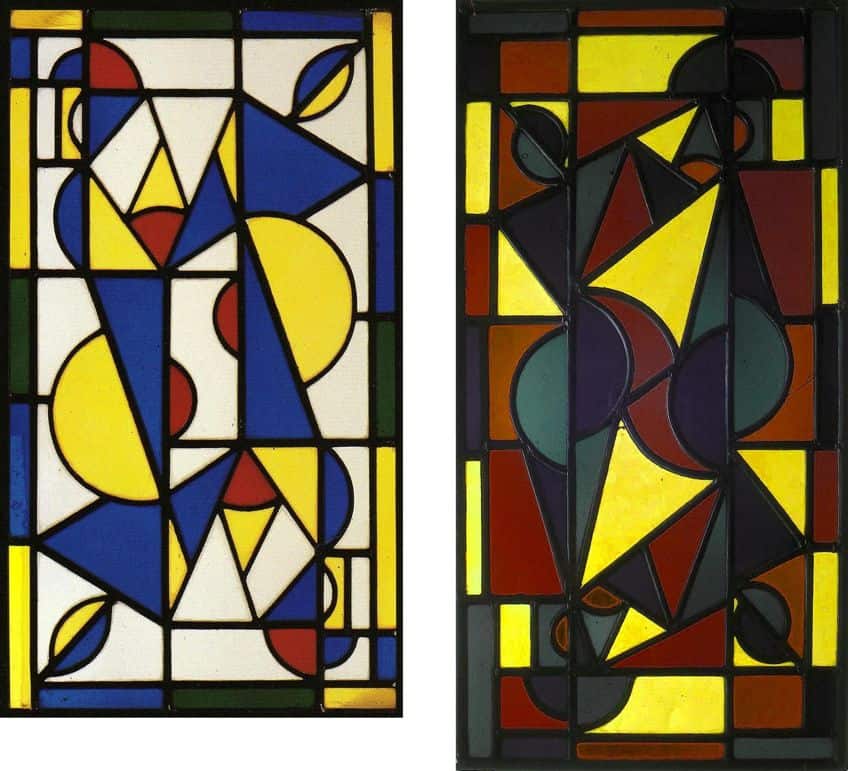
Literary Works and Collaboration
Theo van Doesburg’s contributions to literature, particularly his art theories, have continued to be studied and applied in modern times. His writings laid a foundation for the integration of artistic mediums, which is evident in contemporary multimedia and interdisciplinary collaborations.
Artists and architects alike draw from his theoretical framework to explore the synthesis of visual elements with structural design.
Legacy of Theo van Doesburg’s Art
Theo van Doesburg’s Artwork: His geometric abstraction has influenced numerous modern and contemporary artists who seek to emulate his aesthetic of clean lines and primary colors. This simplified and reductive approach is a hallmark that continues to be a source of inspiration for abstract artists. Theo van Doesburg’s influence on design and architecture is profound. His concepts of spatial design have played a pivotal role in shaping modern architectural practices, emphasizing functionality and simplicity.

The principles of De Stijl, championed by Van Doesburg, are evident in the work of contemporary architects who continue to prioritize clean lines, geometric forms, and a harmonious integration of space and structure. Van Doesburg’s legacy endures as a guiding force in the evolution of architectural design, inspiring a continued exploration of spatial relationships and the pursuit of timeless aesthetics. In the realm of design, his ideas have proven to be timeless, with his aesthetic and philosophical beliefs still reverberated in minimalist design across product design and digital interfaces.
Theo van Doesburg’s impact on the art world extends far beyond his lifetime. His bold vision and groundbreaking ideas laid the foundation for modern abstract art and design, influencing generations of artists, architects, and thinkers. Van Doesburg’s legacy continues to resonate in contemporary art practices, emphasizing the enduring relevance of his principles of geometric abstraction, dynamic composition, and the quest for universal harmony. As we look back on his contributions, we recognize Van Doesburg as a visionary who bridged art and theory, leaving an indelible mark on the trajectory of artistic innovation and creative exploration.
Frequently Asked Questions
What Are the Defining Characteristics of Theo van Doesburg’s Art Style?
Theo van Doesburg’s art is renowned for its abstraction, geometric forms, and the use of primary colors along with black and white. His work embodies a profound shift from figurative painting, favoring a simplified, minimalist aesthetic.
How Did Theo van Doesburg Contribute to the De Stijl Movement?
As one of the founders and a key theorist of De Stijl, Theo van Doesburg was pivotal in promoting the movement’s ideology. He advocated for a purist form of art, stripping away the unnecessary and focusing on fundamental aspects of form and color that could be applied to painting, architecture, and design.
Which Work Is Considered Theo van Doesburg’s Most Famous Painting?
His work, Composition IX, Opus 18: Abstract Version of Card Players, is among his most celebrated pieces. Created in 1917, this painting exemplifies the radical reductionism and harmonious balance of form and color characteristic of De Stijl art.
Isabella studied at the University of Cape Town in South Africa and graduated with a Bachelor of Arts majoring in English Literature & Language and Psychology. Throughout her undergraduate years, she took Art History as an additional subject and absolutely loved it. Building on from her art history knowledge that began in high school, art has always been a particular area of fascination for her. From learning about artworks previously unknown to her, or sharpening her existing understanding of specific works, the ability to continue learning within this interesting sphere excites her greatly.
Her focal points of interest in art history encompass profiling specific artists and art movements, as it is these areas where she is able to really dig deep into the rich narrative of the art world. Additionally, she particularly enjoys exploring the different artistic styles of the 20th century, as well as the important impact that female artists have had on the development of art history.
Learn more about Isabella Meyer and the Art in Context Team.
Cite this Article
Isabella, Meyer, “Theo van Doesburg – A Key Figure in the De Stijl Movement.” Art in Context. April 15, 2024. URL: https://artincontext.org/theo-van-doesburg/
Meyer, I. (2024, 15 April). Theo van Doesburg – A Key Figure in the De Stijl Movement. Art in Context. https://artincontext.org/theo-van-doesburg/
Meyer, Isabella. “Theo van Doesburg – A Key Figure in the De Stijl Movement.” Art in Context, April 15, 2024. https://artincontext.org/theo-van-doesburg/.






